Last weekend, a small group of local birders were lucky enough to meet North America’s tallest birds in person.
Whooping cranes stand about 1.5 m (5 ft) tall. Their wingspan is 2 m (6.5 ft) or more between the tips of their long black flight feathers. At close range, adult whoopers are imposing birds, with snowy-white plumage, black bristle-like feathers on crown and face, a small black patch on the back of the head below the crimson crown, and bright yellow eyes. They get their name from a distinctive whooping call that carries over several kilometres.
The creation of Wood Buffalo National Park near the border of Alberta and the Northwest Territories has undoubtedly helped to prevent their extinction. When the park was established in 1922 to protect the wood bison herd, it was not known whooping cranes nested there. Today this park is the only place where a self-sustaining population of wild whooping cranes exists.
The flock winters in Texas, where it occupies about 90 km2 along the coast. The United States government designated this area as the Aransas National Wildlife Refuge in 1937, partly to preserve suitable wintering habitat for the whooping crane.
Captive breeding and reintroduction has played an important role in the recovery of the whoopers. Since 1993, the Devonian Wildlife Conservation Centre (DWCC) south of Calgary has been breeding these big birds in captivity. Owned by the Calgary Zoo, this facility is not open to the public but they occasionally allow tours through the local naturalist club.
The DWCC covers a half section of land in the foothills. Along with the whooping cranes, they breed other critically endangered animals such as the Vancouver Island marmot, Mongolian wild horses and woodland caribou. (More on these next week).
The whooping crane enclosures are isolated from the other animals, and surrounded by an electric fence.
To keep coyotes from digging their way to these highly endangered birds, wire has been buried to a depth of four feet.
The DWCC currently houses about 20 whooping cranes. As we walked down the road towards their enclosures, we could hear loud alarm cries echoing from bird to bird announcing something unusual in their world.
The centre also houses 10 sandhill cranes that help incubate whooping crane eggs. One of the sandhills was rather obvious about what he thought of the intruders. Meet Doofus.
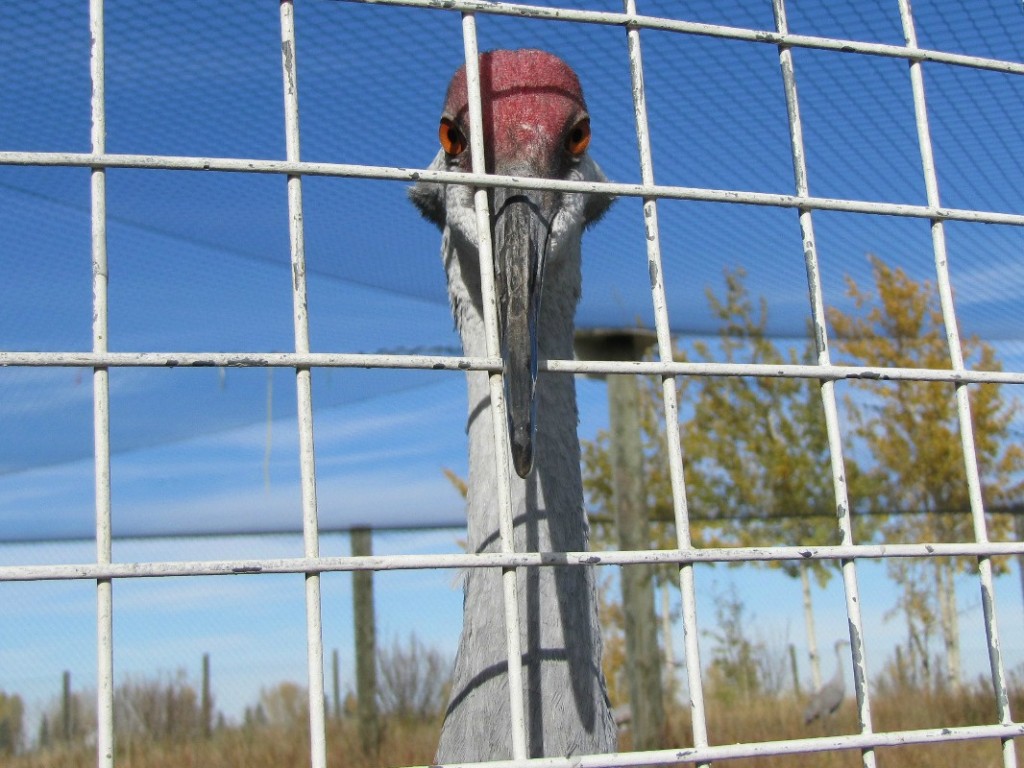 There was also a female and juvenile sandhill in this enclosure, but there was no way Doofus was allowing anyone to get close enough to the fence to get their picture. That bill makes a formidable weapon.
There was also a female and juvenile sandhill in this enclosure, but there was no way Doofus was allowing anyone to get close enough to the fence to get their picture. That bill makes a formidable weapon.
The breeding population of whooping cranes in Wood Buffalo National Park is now on the move to their wintering grounds in Texas. If you would like a chance to see these magnificent birds in the wild, you need to get yourself to Saskatchewan.
Whoopers don’t migrate in large flocks like sandhill cranes. They trickle out of their breeding grounds in family units, and in small groups of sub-adults and non-breeders. One of the best sites for spotting them in Canada is Last Mountain Lake National Wildlife Area, the oldest bird sanctuary in North America, located about an hour and a half northwest of Regina.
Anyone lucky enough to spot one of these birds is asked to report it by phoning the Whooping Crane Hotline at 306-975-5595.
I count myself amazingly fortunate to have seen these glorious birds in the wild, as I grew up in northern Alberta. Twice a year, we were privileged to hear their haunting whoops as small groups flew over the house. It is one my most enduring childhood memories.
See also:



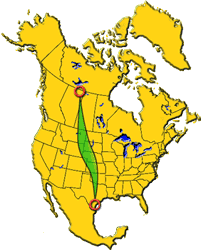
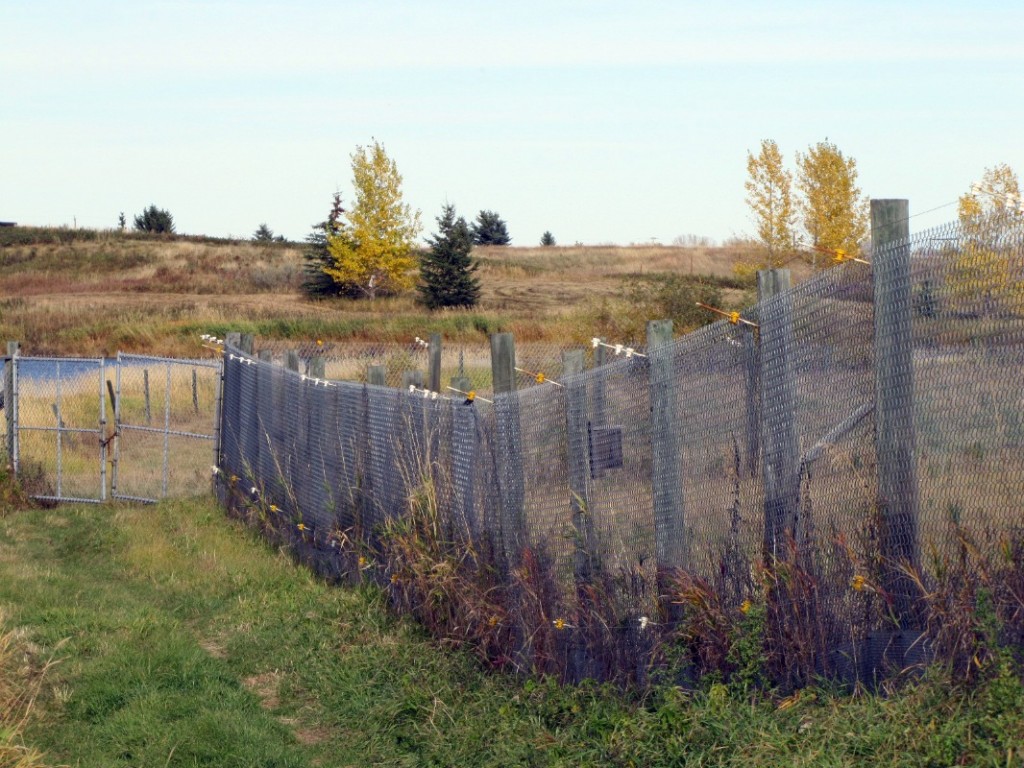
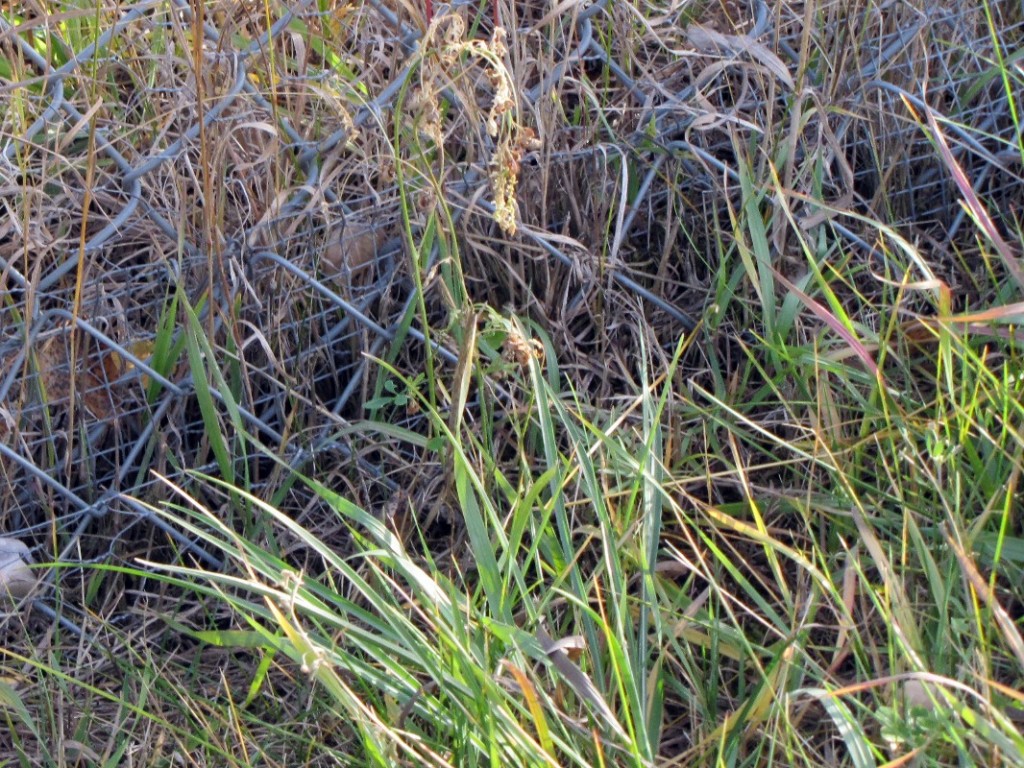
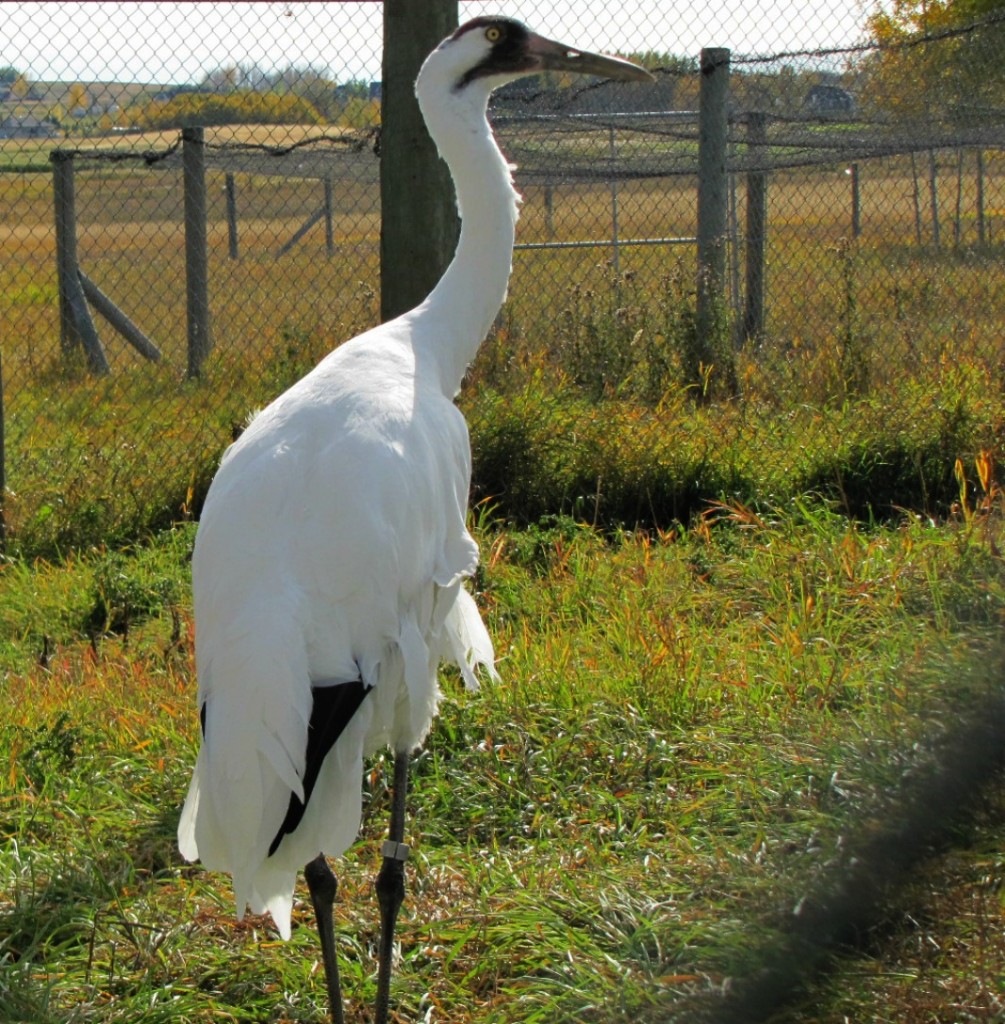
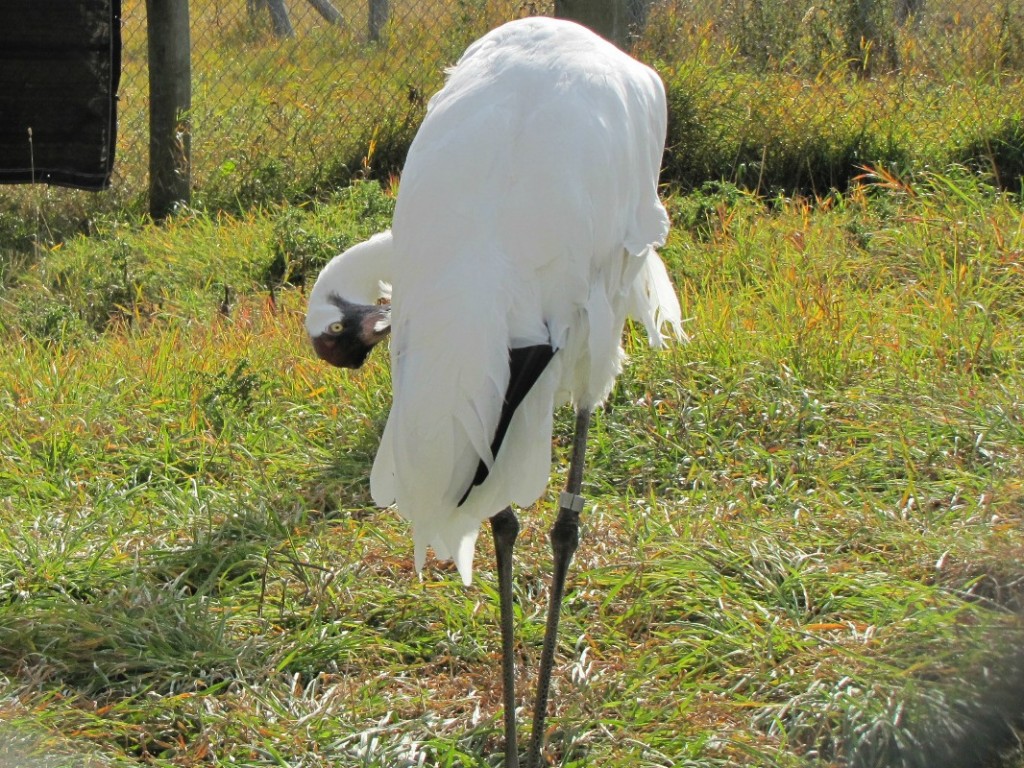
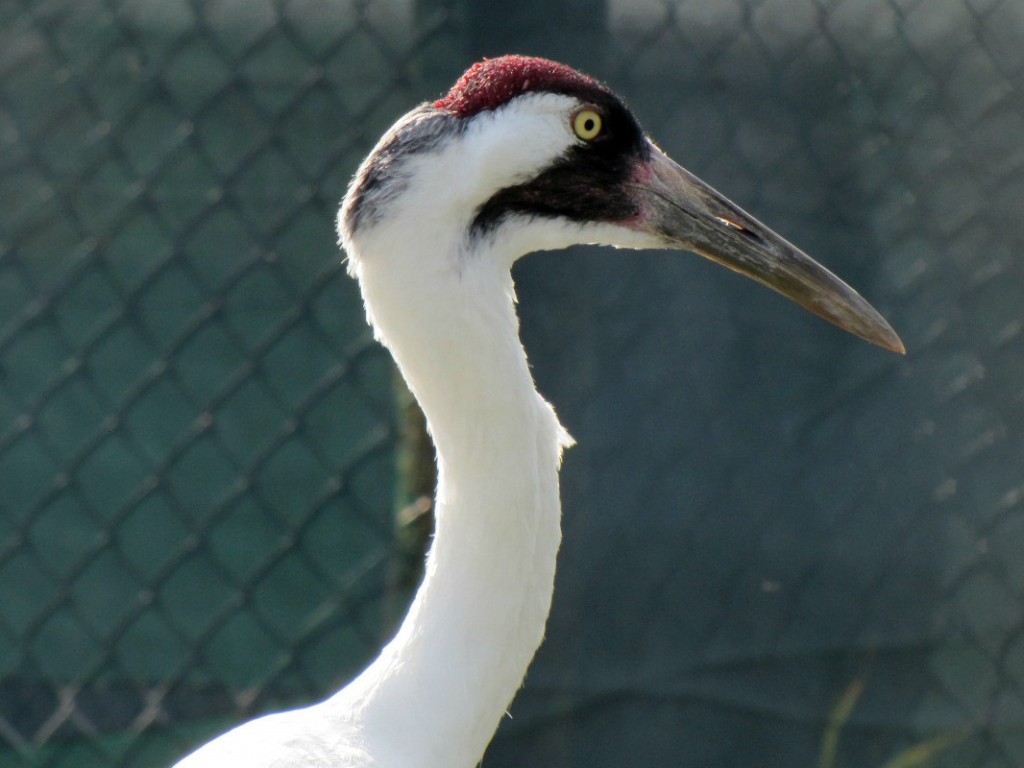
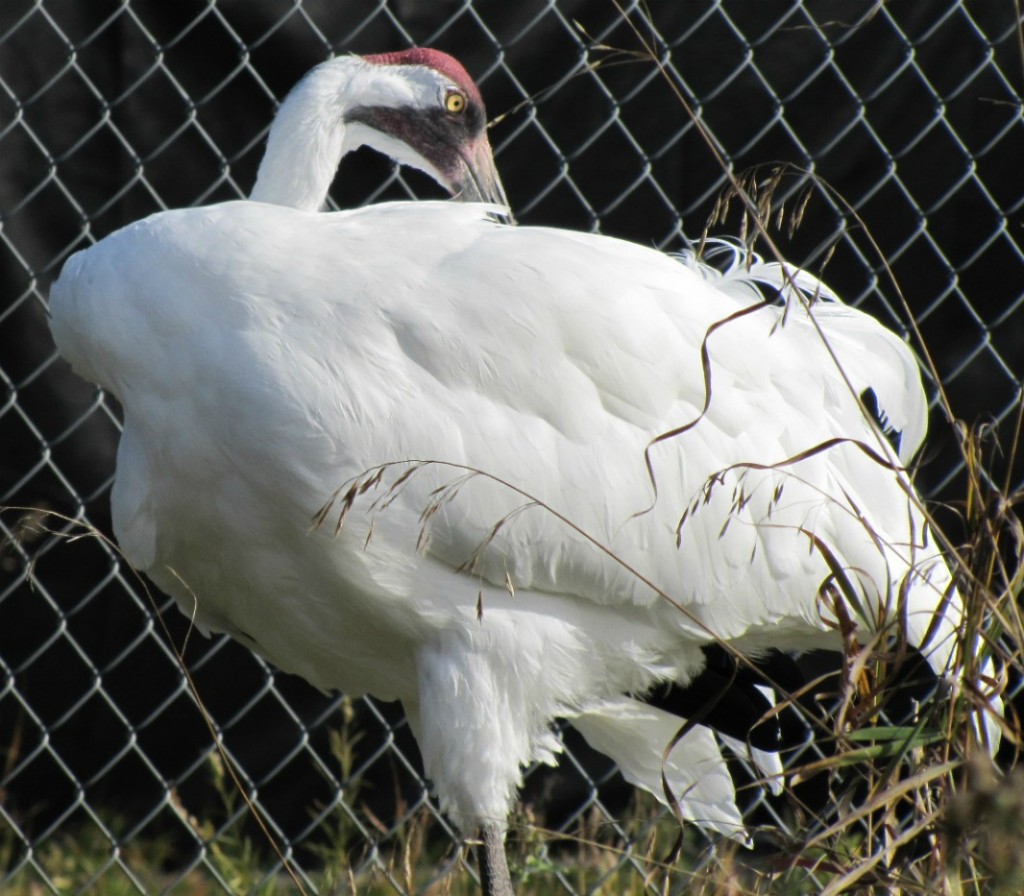
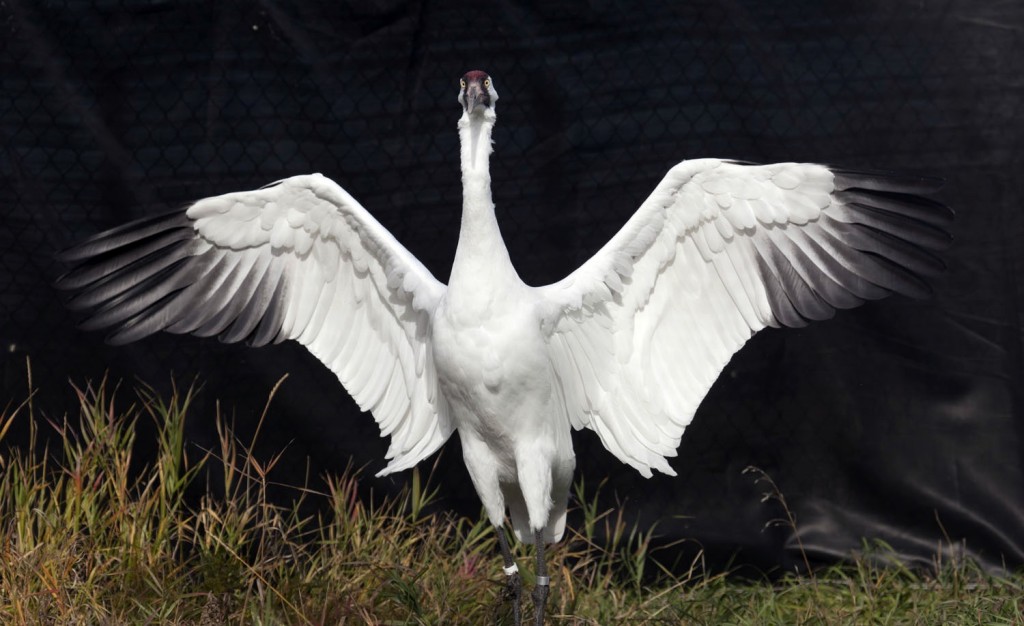
It would be such a neat experience to see Whooping Cranes in the wild or captive. I hope the ones in the wild have a safe trip south.